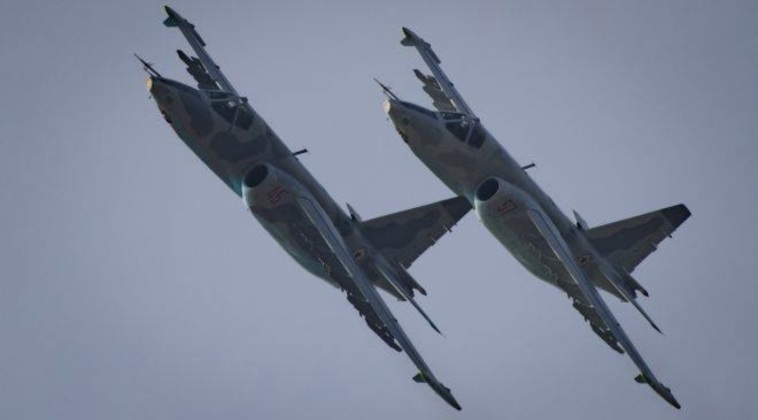New footage released by North Korean state media has shown several dozen fighters and attack jets deployed for large scale exercises near the southern border, in one of the largest shows of force by the Korean People’s Army (KPA) Air Force since the turn of the century. Three separate fighter classes were confirmed to be participating in the exercises including MiG-29, MiG-23 and MiG-21 aircraft, with MiG-19 and Su-25 ground attack aircraft also involved in significant numbers. The exercises prompted South Korea to scramble F-15K heavyweight fighters, and coincide with rising tensions on the peninsula as Pyongyang condemned U.S.-South Korean exercises claiming them to be rehearsals for an invasion of its territory. The involvement of the MiG-19 and MiG-23 was particularly noteworthy due to their limited appearances. Exercises reportedly centred around large scale ground attacks, which has become a key role of the North Korean fleet as its ability to pose a serious threat in air to air combat has become more limited particularly for fighter classes other than the MiG-29. The air force and modernisation of airfields and other equipment has received growing attention in recent years.

While numerous, the North Korean fighter fleet is largely comprised of obsolete fighter classes with only the MiG-29 belonging to the fourth generation. MiG-29s were assembled in the country under license for some years, leaving the exact numbers in service in doubt, although older classes such as the MiG-21 which forms the backbone of the fleet have received significant upgrades to avionics domestically bringing them up to a relatively modern standard. Of all the KPA’s service branches, frontline units in the Air Force use by far the oldest equipment due to struggles acquiring aircraft from abroad, while the Ground Forces, Navy and Strategic Missile Forces by contrast all receive new equipment produced domestically as does the Air Force’s inventory of ground based air defence assets. This has forced North Korea to rely more heavily on assets such as rocket artillery, ballistic missiles and surface to air missile systems for both strike and air defence roles to provide an asymmetric alternative to air power.
